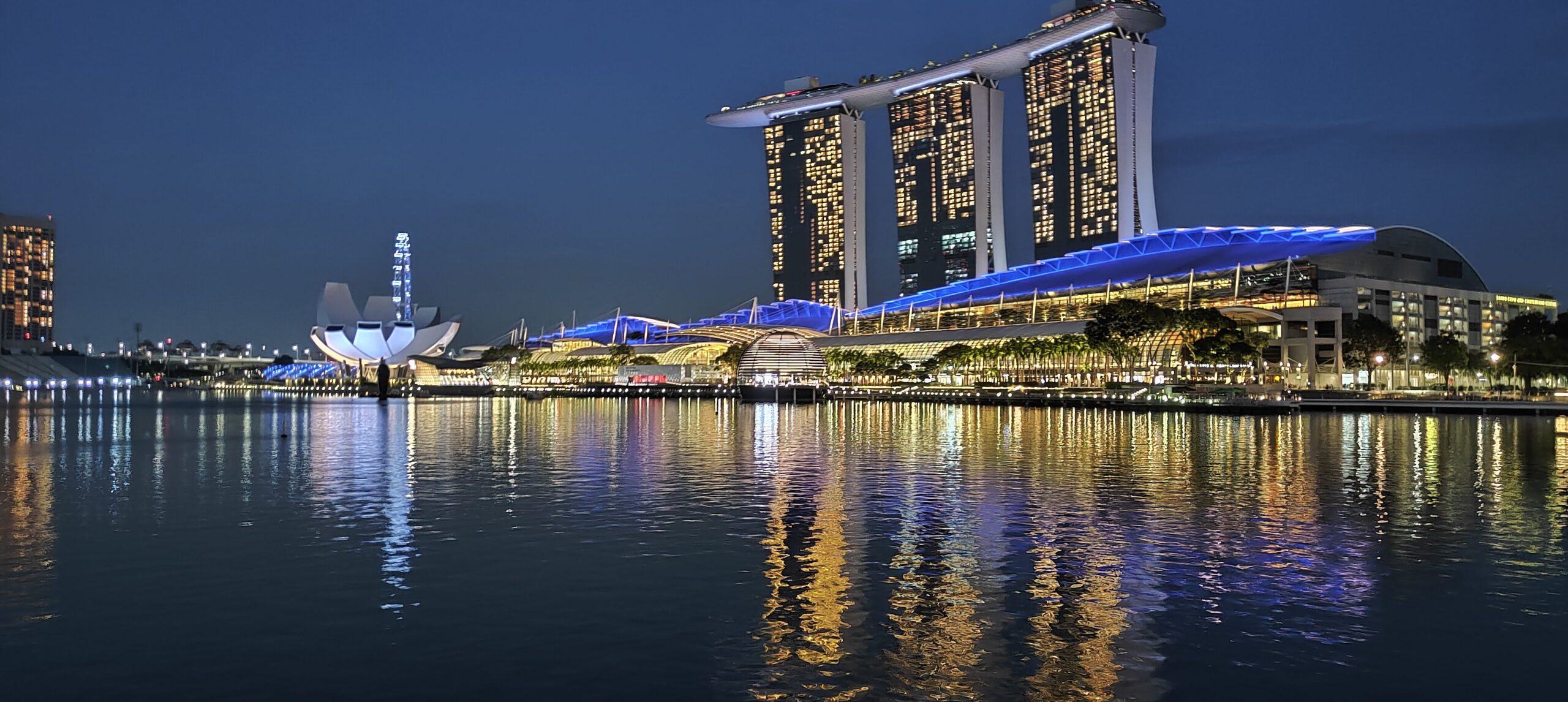
Discussing workforce planning with an HR professional of a government entity in Singapore we explained our approach that starts from...

Discussing workforce planning with an HR professional of a government entity in Singapore we explained our approach that starts from...

Especially in service organisations, productivity is usually quite low due to a lack of efficiency caused by a missing focus...
To find the most valuable Six Sigma projects – ones with the highest system-level leverage – can require systems thinking...
Increase in productivity can be achieved in multiple ways. The myth of implementing IT support as cure-all for productivity problems...
The DMAIC toolkit is excellent for solving technical complexity problems. However, Lean Six Sigma tools are not as adept at...
Some time ago, I was facilitating a Six Sigma project group involved in solving a process challenge. This group had...
New undertakings or experiences are always challenging at first. This is no different when Schenker Singapore (Pte) Ltd, a transportation...
A typical Friday evening starts with a family dinner in a nice atmosphere. This time we decide to visit one...

Everyone, undoubtedly, has had the unenviable honour of experiencing ‘bureaucratic government processes.’ Be it applying for your first ID or...
Against the common belief, statistical knowledge is not a criterion for selecting your Belts. However, the capability to acquire new...

A couple of years ago, I was meeting the President of an Asian multi-national mid-sized service company for a Six...
Some well-known companies have been “doing Six Sigma” for years. They keep doing improvement projects in all kinds of business...
Background OurBank is an American international bank with 50 branches in Germany and approximately 300 employees working either in the...
OurBank is a small German bank with branches in Germany and approximately 300 employees working either in the headquarter office...
Copyright © 2025 by COE Pte Ltd. All Rights Reserved.